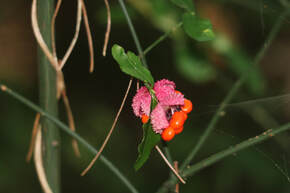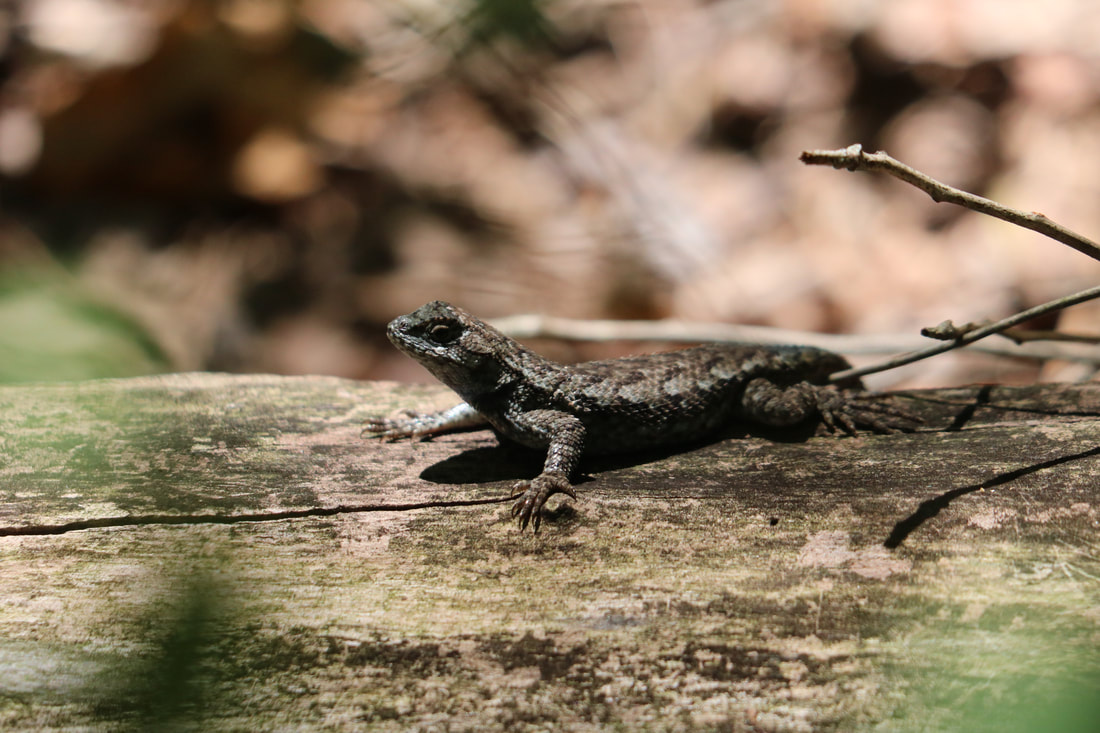
I photographed the fruiting shrub in this issue at the Chilhowie portion of the Cherokee National Forest. It has the common name Hearts-a-Bustin.
The Southern Festival of Books from Humanities Tennessee returns to Nashville on October 14-16. The schedule of events appears on the website.
https://sofestofbooks.org/full-schedule.
The Nashville Author Margret Renkl edits the website Chapter 16, another part of Humanities, Tennessee. She also writes a weekly column about southern culture and backyard nature for the New York Times. Her book, Graceland at Last, is a collection of several of her New York Times articles. She addressed southern writing in one piece, which began with the following paragraph:
“From time to time, a debate resurfaces in Southern literary circles about whether there can still be a recognizable literature of the South in an age of mass media and Walmart. The 21st-century South would be unrecognizable to the Agrarian poets, whose 1930 manifesto, ‘I’ll Take My Stand,’ set out many of the principles that still cling like ticks to the term ‘Southern writer.’ Far more urban, far more ethnically and culturally and politically diverse, the South is no longer a place defined by sweet tea and slamming screen doors, and its literature is changing, too. ‘It is damn hard to put a pipe-smoking granny or a pet possum into a novel these days and get away with it,’ the novelist Lee Smith once said.”
You can read the full article at https://www.nytimes.com/2018/07/09/opinion/what-is-a-southern-writer.html.
Her comments certainly apply to Southern nature writing, which is part of southern writing, or perhaps it is a Southern subset of nature writing.
Renkl’s first book, Late Migrations, included nature stories and family histories. The family histories seem to me a distinctly southern approach to writing, and she is not the only nature writer to mix nature stories with family histories.
J. Drew Lanham, America’s best-known Black birdwatcher, also took this approach in his book The Home Place. His parents were teachers and farmers, and his stories include a fierce love of the natural world. His collection of poems is titled Sparrow Envy. You can also read his work on the website of Orion Magazine.
Many of the best-known contemporary southern nature writers are women. Janisse Ray added personal and family history to her nature writing in Ecology of a Cracker Childhood, her first nonfiction book. She has published several nonfiction books and three collections of poetry. She released her first book-length work of fiction this year.
The Cherokee/Appalachian poet and essayist Marylou Awiakta also gave us a picture of the family as she presented wisdom and the importance of the natural world to her two cultures. She recently designated the Special Collections unit of the University of Tennessee Library as the recipient of her personal and professional papers. Although her books are out of print, they are available from used book dealers. Selu: Seeking the Corn Mother’s Wisdom is a collection of essays and poems. Abiding Appalachia is a collection of poems.
So, these four authors, Renkl, Lanham, Ray, and Awiakta, took a similar approach while writing from vastly different cultural histories. None of them will appear at the Southern Festival of Books in 2022, but, so far as I know, Janisse Ray is the only one to have published a book in the current year. This is a requirement to be named a presenter.
I have read the books named in this article and highly recommend them. I also recommend Janise Ray’s book Drifting into Darien and Awiakta’s Rising Fawn. If you don’t have time for reading, search for the four authors on YouTube. You will find surprising results.

 RSS Feed
RSS Feed